2023 Vol. 4, No. 1
The Five-hundred-meter Aperture Spherical radio Telescope (FAST) is the world ’ s largest single-dish radio telescope. Its large reflecting surface achieves unprecedented sensitivity but is prone to damage, such as dents and holes, caused by naturally-occurring falling objects. Hence, the timely and accurate detection of surface defects is crucial for FAST’s stable operation. Conventional manual inspection involves human inspectors climbing up and examining the large surface visually, a time-consuming and potentially unreliable process. To accelerate the inspection process and increase its accuracy, this work makes the first step towards automating the inspection of FAST by integrating deep-learning techniques with drone technology. First, a drone flies over the surface along a predetermined route. Since surface defects significantly vary in scale and show high inter-class similarity, directly applying existing deep detectors to detect defects on the drone imagery is highly prone to missing and misidentifying defects. As a remedy, we introduce cross-fusion, a dedicated plug-in operation for deep detectors that enables the adaptive fusion of multi-level features in a point-wise selective fashion, depending on local defect patterns. Consequently, strong semantics and fine-grained details are dynamically fused at different positions to support the accurate detection of defects of various scales and types. Our AI-powered drone-based automated inspection is time-efficient, reliable, and has good accessibility, which guarantees the long-term and stable operation of FAST.
Here, we report the ability of spiropyrans to initiate two-photon polymerization (TPP) for the first time in the literature. The comparison and synergies between the spiropyran photochromic molecule of interest, namely 6-nitro-BIPS, and well-known photoinitiators of radical photopolymerization have been studied. The spiropyran (SPy) molecule can initiate TPP in the presence of trifunctional acrylic monomers and create true 3D structures. The comparison with Irgacure 819, a well-known Type-I photoinitiator, shows that SPy has a comparable capability for TPP. In addition, the combination of SPy with methyl diethanolamine increased the reactivity of both one- and two-photon polymerizations. In the last section, we discuss which SPy isomer is the active photochromic species capable of generating radicals for initiating two-photon polymerization.
Optical fibres with diameters at micro- or sub-micrometre scale are widely adopted as a convenient tool for studying light–matter interactions. To prepare such devices, two elements are indispensable: a heat source and a pulling force. In this paper, we report a novel fibre-tapering technique in which micro-sized plasmonic heaters and elaborately deformed optical fibres are compactly combined, free of flame and bulky pulling elements. Using this technique, micro-nano fibres with abrupt taper and ultra-short transition regions were successfully fabricated, which would otherwise be a challenge for traditional techniques. The compactness of the proposed system enabled it to be further transferred to a scanning electron microscope for in-situ monitoring of the tapering process. The essential dynamics of “heat and pull” was directly visualised with nanometre precision in real time and theoretically interpreted, thereby establishing an example for future in-situ observations of micro and nanoscale light-matter interactions.
Holography provides access to the optical phase. The emerging compressive phase retrieval approach can achieve in-line holographic imaging beyond the information-theoretic limit or even from a single shot by exploring the signal priors. However, iterative projection methods based on physical knowledge of the wavefield suffer from poor imaging quality, whereas the regularization techniques sacrifice robustness for fidelity. In this work, we present a unified compressive phase retrieval framework for in-line holography that encapsulates the unique advantages of both physical constraints and sparsity priors. In particular, a constrained complex total variation (CCTV) regularizer is introduced that explores the well-known absorption and support constraints together with sparsity in the gradient domain, enabling practical high-quality in-line holographic imaging from a single intensity image. We developed efficient solvers based on the proximal gradient method for the non-smooth regularized inverse problem and the corresponding denoising subproblem. Theoretical analyses further guarantee the convergence of the algorithms with prespecified parameters, obviating the need for manual parameter tuning. As both simulated and optical experiments demonstrate, the proposed CCTV model can characterize complex natural scenes while utilizing physically tractable constraints for quality enhancement. This new compressive phase retrieval approach can be extended, with minor adjustments, to various imaging configurations, sparsifying operators, and physical knowledge. It may cast new light on both theoretical and empirical studies.
The advantage of spatial phase-shifting shearography is its ability to extract the phase from a single speckle pattern; however, it often faces spectrum overlapping, which seriously affects phase quality. In this paper, we propose a shearography phase-extraction method based on windowed Fourier ridges, which can effectively extract phase information even in the presence of severe spectrum overlapping. A simple and efficient method was applied to determine the parameters of the windowed Fourier ridges, and a linear variation window was used to match the phase-extraction requirements for different frequency coordinates. A numerical simulation was quantitatively conducted to compare the phase-extraction results of the proposed method with those of the conventional method for various cases, and a shearography system was built with two types of objects to demonstrate the feasibility of the proposed method.


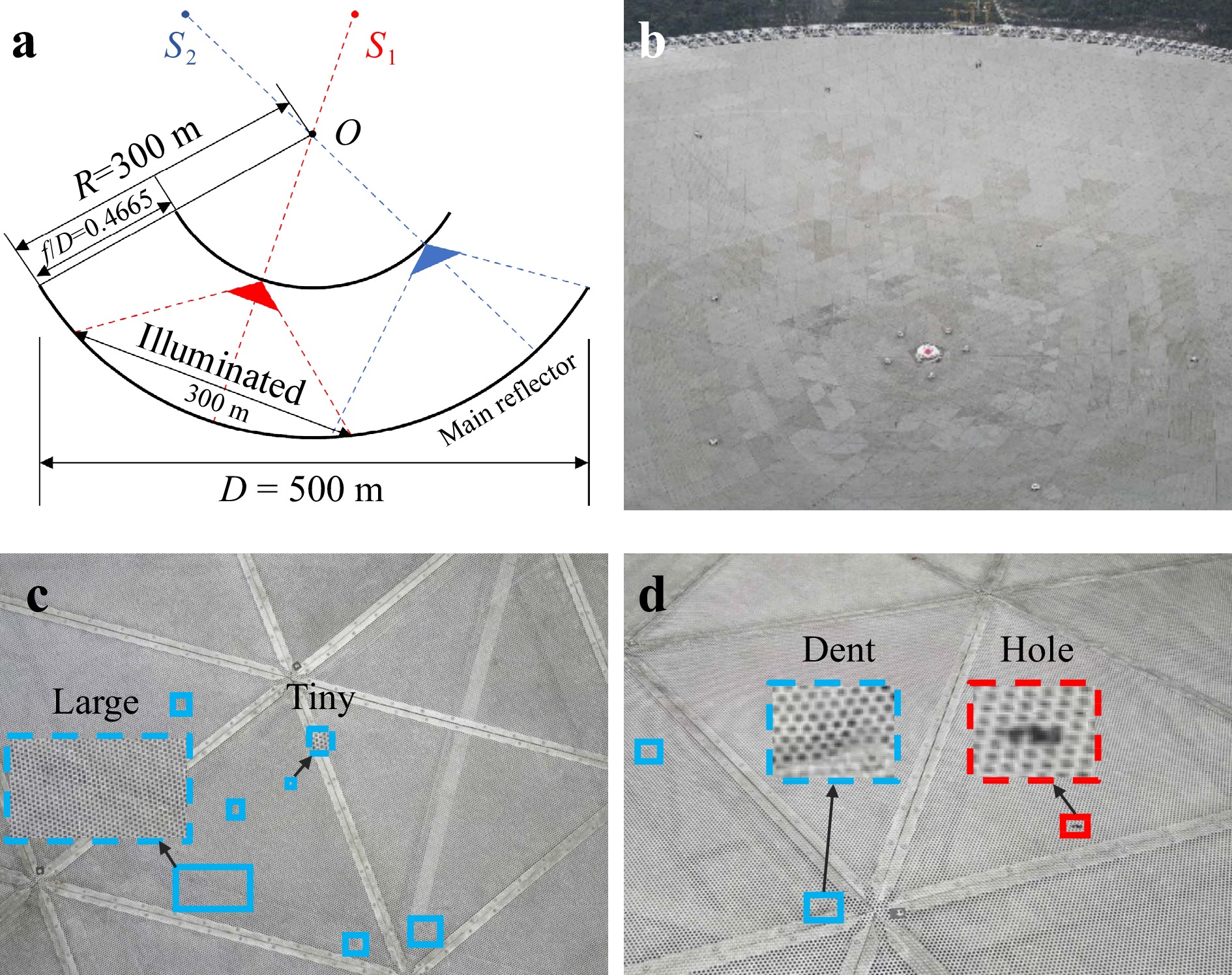
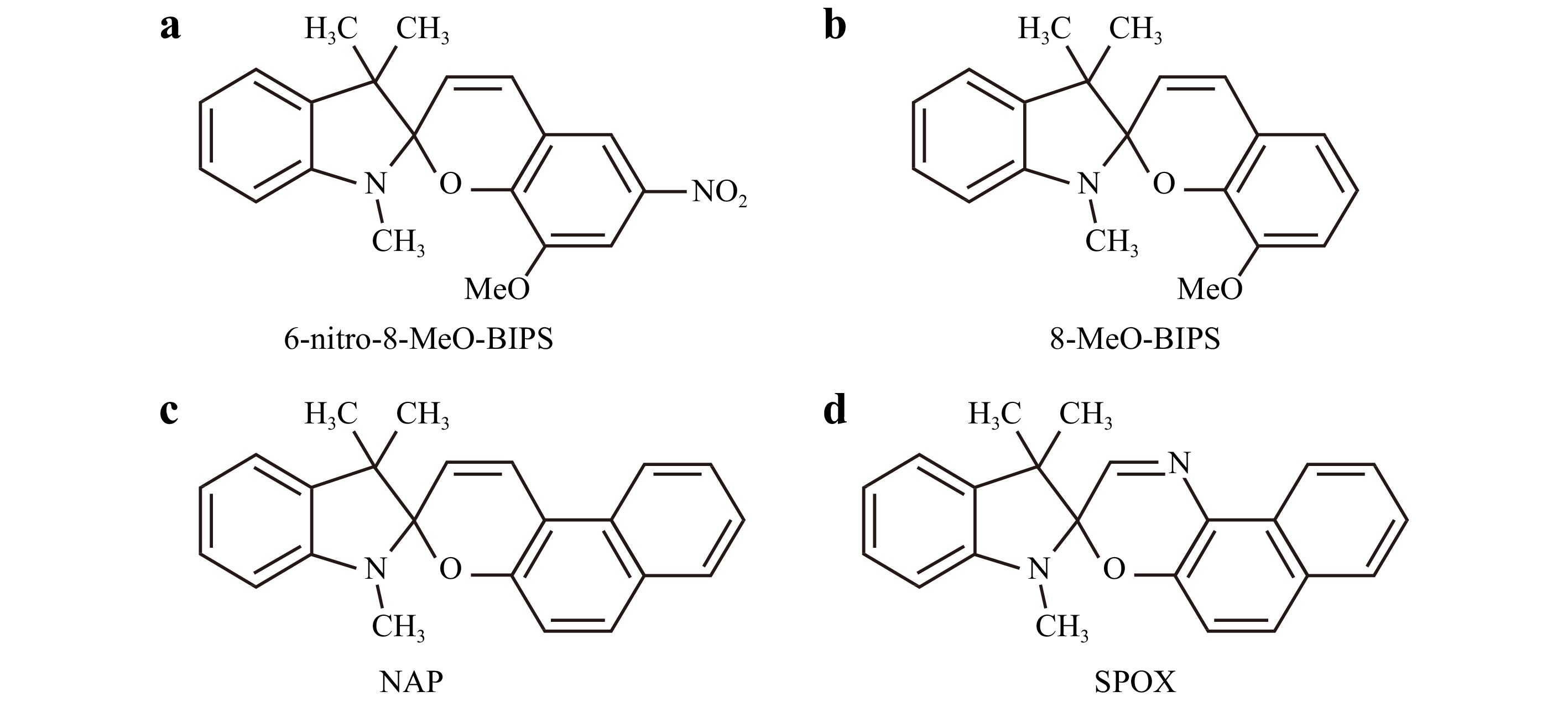
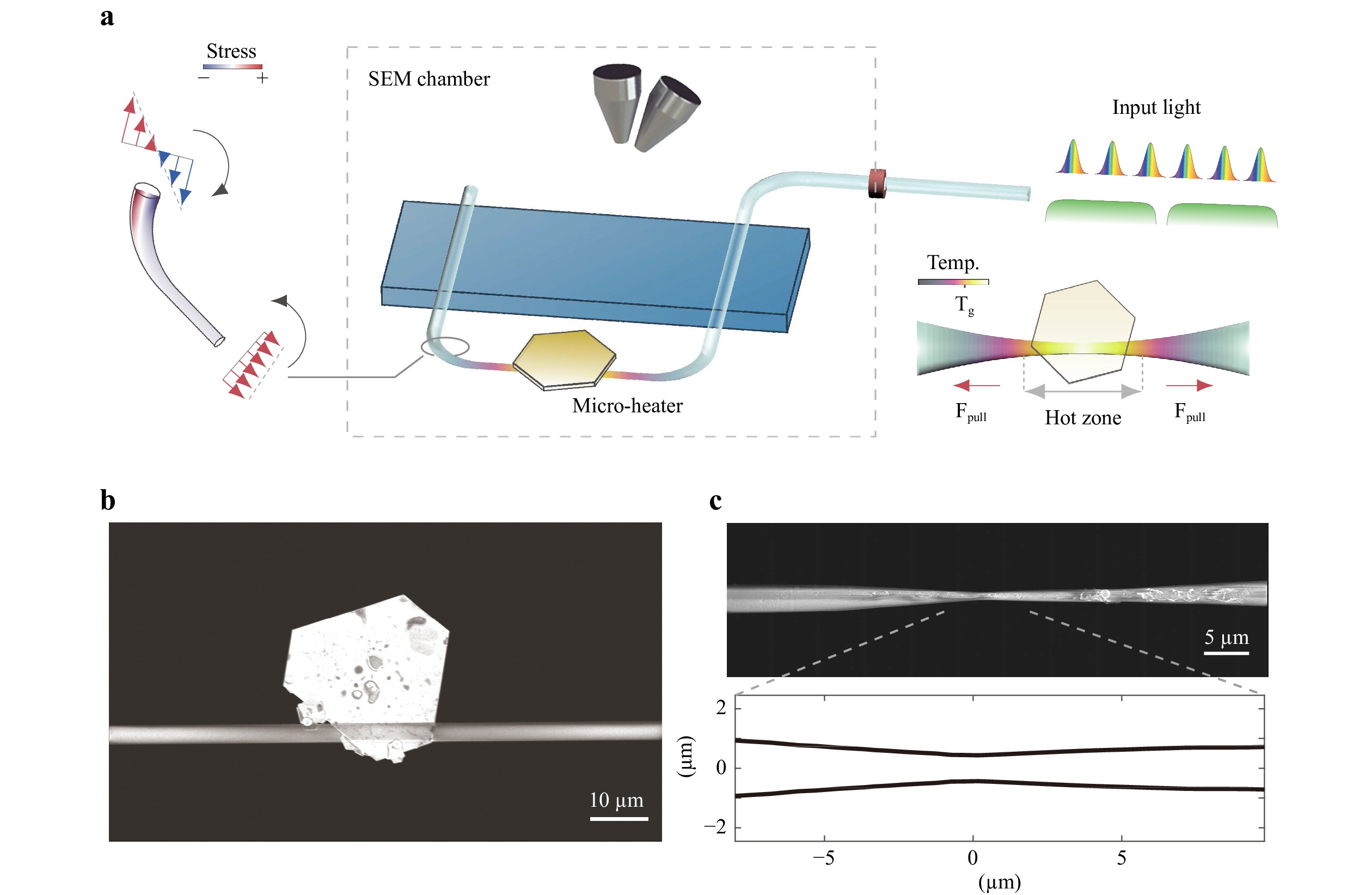
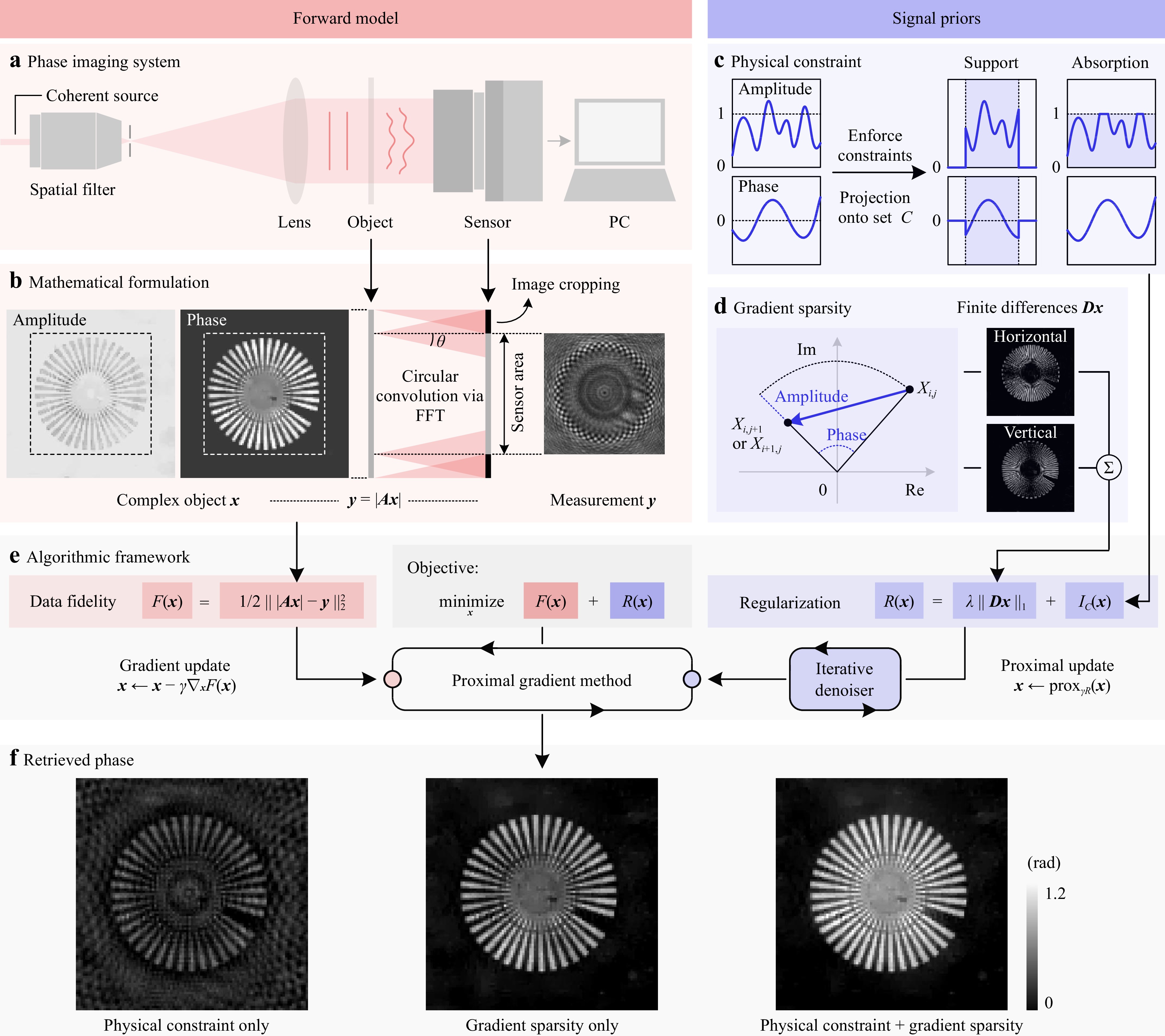
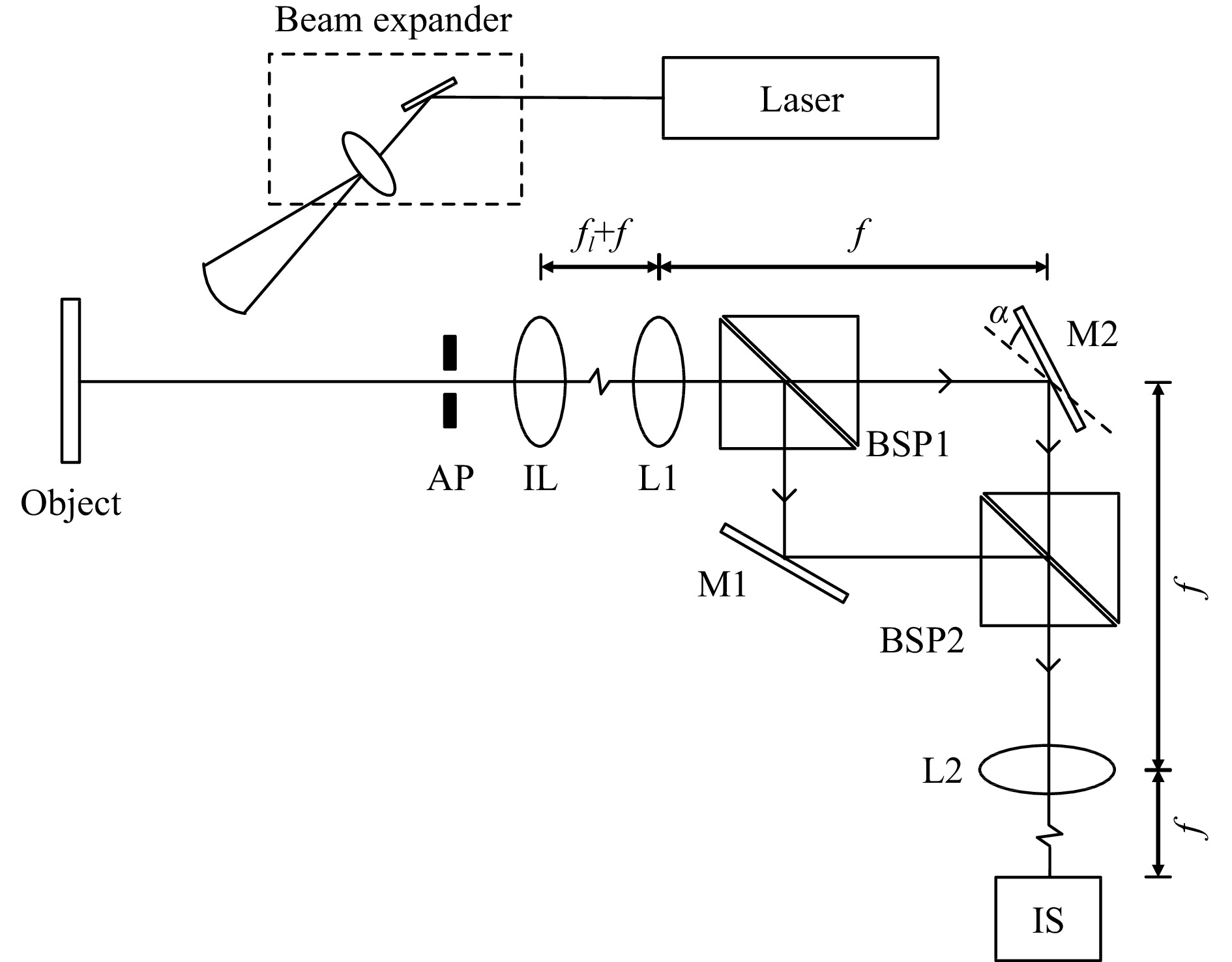
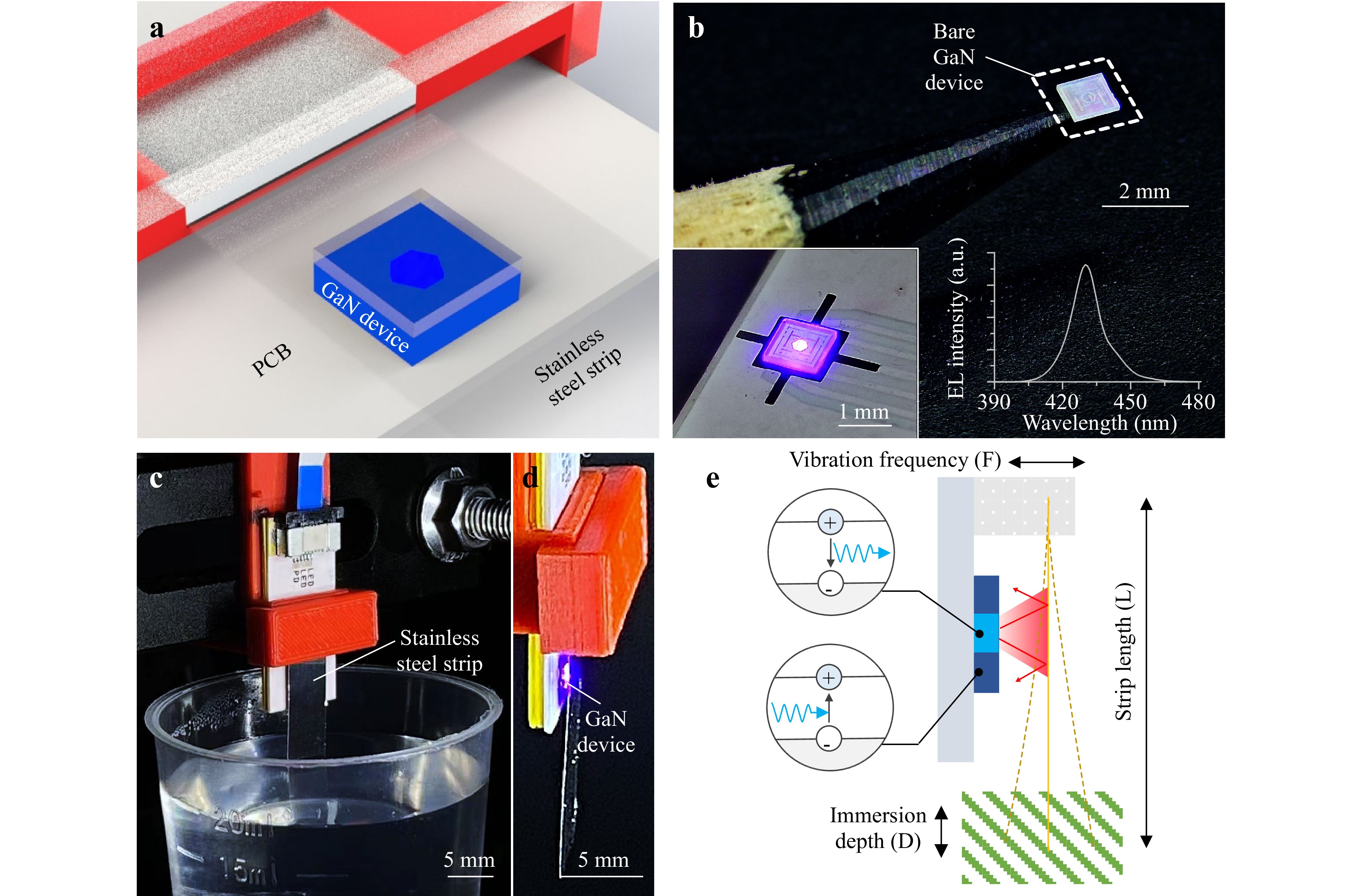
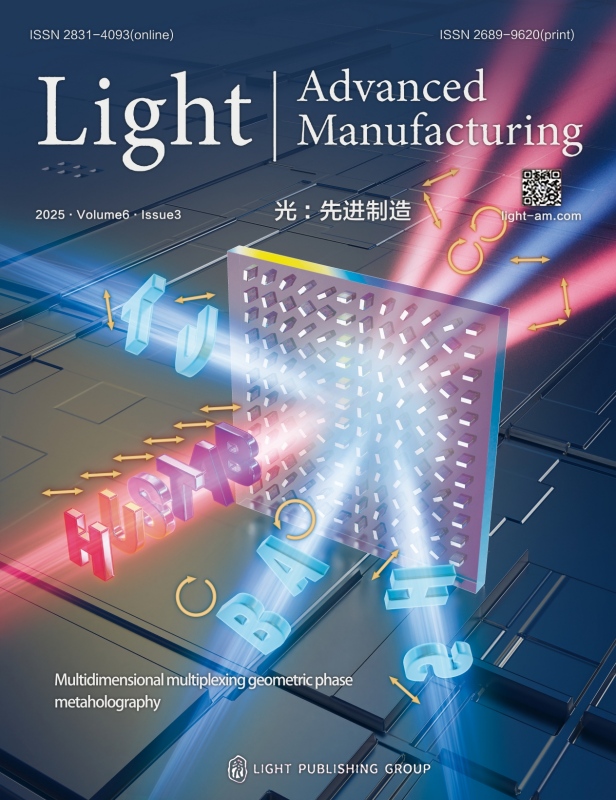

 Email
Email RSS
RSS